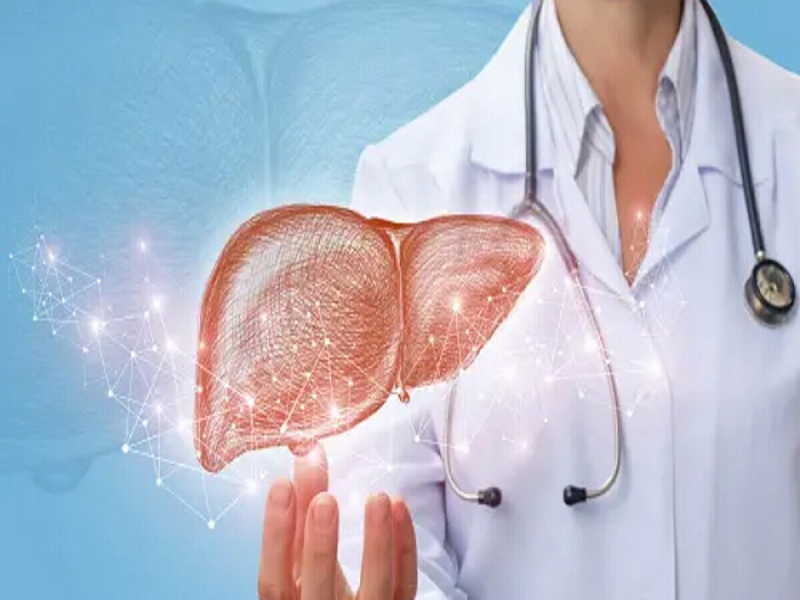A Singapore Airlines plane going from London to Singapore suddenly got stuck in air turbulence on Tuesday (May 21). The plane had to make an emergency landing in a hurry. According to media reports, about 10 hours after takeoff, the plane got stuck in air turbulence in Myanmar airspace due to bad weather. Suddenly there were tremors in the plane. There were about 211 people on board the plane including crew members, out of which one died while 30 were injured. The injured have been admitted to a nearby hospital.

After this incident, fear is being seen in the minds of people. Psychiatrists say this incident that happened in the plane can have many types of side effects. There is an increased risk of mental health problems like PTSD i.e. Post Traumatic Stress Disorder among passengers, the effects of which can last for a long time.
Let us know what is the problem of PTSD and what kind of side effects it can have.
What is Post Traumatic Stress Disorder?
Post-traumatic stress disorder is a type of mental health condition that results from a traumatic event. Experiencing or witnessing an event can create fear in the mind. If PTSD is not diagnosed and treated in time, it can lead to long-term health risks.
Many people with PTSD may experience frequent flashbacks of the event, nightmares, and severe anxiety.
What do psychiatrists say?
While talking to Amar Ujala, psychiatrist Dr. Satyakant Trivedi says, counseling is necessary for all the people boarding the Singapore flight. People who experience the event may become fearful. In some people, it can take the form of phobia due to which they may feel afraid even to board a flight. The local medical department needs to provide psychological support to such people.
What are the symptoms of PTSD?
The problem of PTSD can seriously affect mental health. Due to this, the risk of disorders like anxiety, stress, and depression increases. Some symptoms require serious attention and treatment.

Having nightmares.
Flashbacks of the traumatic event, followed by body tremors and increased anxiety.
Avoidance of people, places, activities, and situations that remind of the traumatic event.
Avoid talking about what happened or how you feel about it.
Fear of meeting unknown people.
How is PTSD treated?
People who are diagnosed with PTSD need psychotherapy (talk therapy). Especially with the help of cognitive behavioral therapy, can help in controlling the symptoms. With the help of therapy, the risk of mental health problems caused by PTSD can be reduced.
(PC: ISTOCK)










